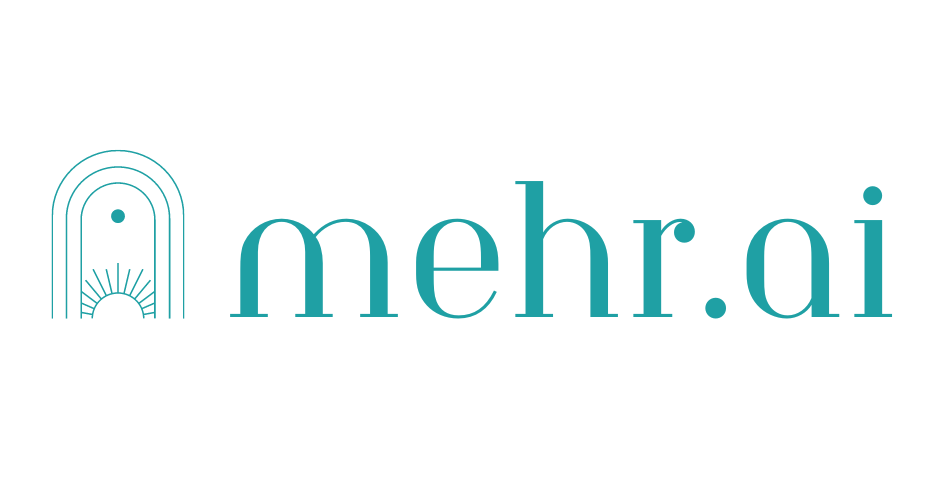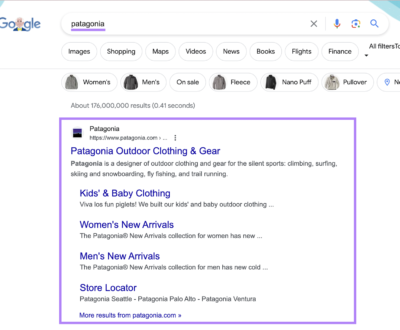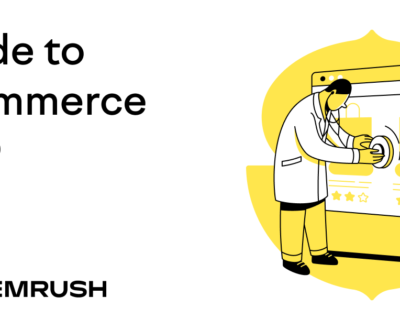[ad_1]
What Is Group Schema?
Group schema is a sort of structured information. It provides serps details about your group or enterprise.
Structured information is data in a standardized format that’s simple for each people and software program to learn.
Schema markup is a vocabulary for creating structured information. It defines sure values throughout the HTML code of your website to supply particular data to look engine crawlers.
In group schema, these values relate to a enterprise or group. You might need heard it referred to as firm schema.
Professional tip: Verify your schema implementation with the Web site Audit Software
Why Is Group Schema Essential for search engine optimization?
Group schema helps serps perceive your organization.
Whereas structured information isn’t a rating issue itself, utilizing it may make it simpler for serps to indicate your webpage for related queries.
Group schema additionally helps enhance your organization credibility–each for serps and searchers.
It will probably additionally assist Google show your corporation data as a wealthy end result or data panel—with pictures, hyperlinks, and extra data. Like this:
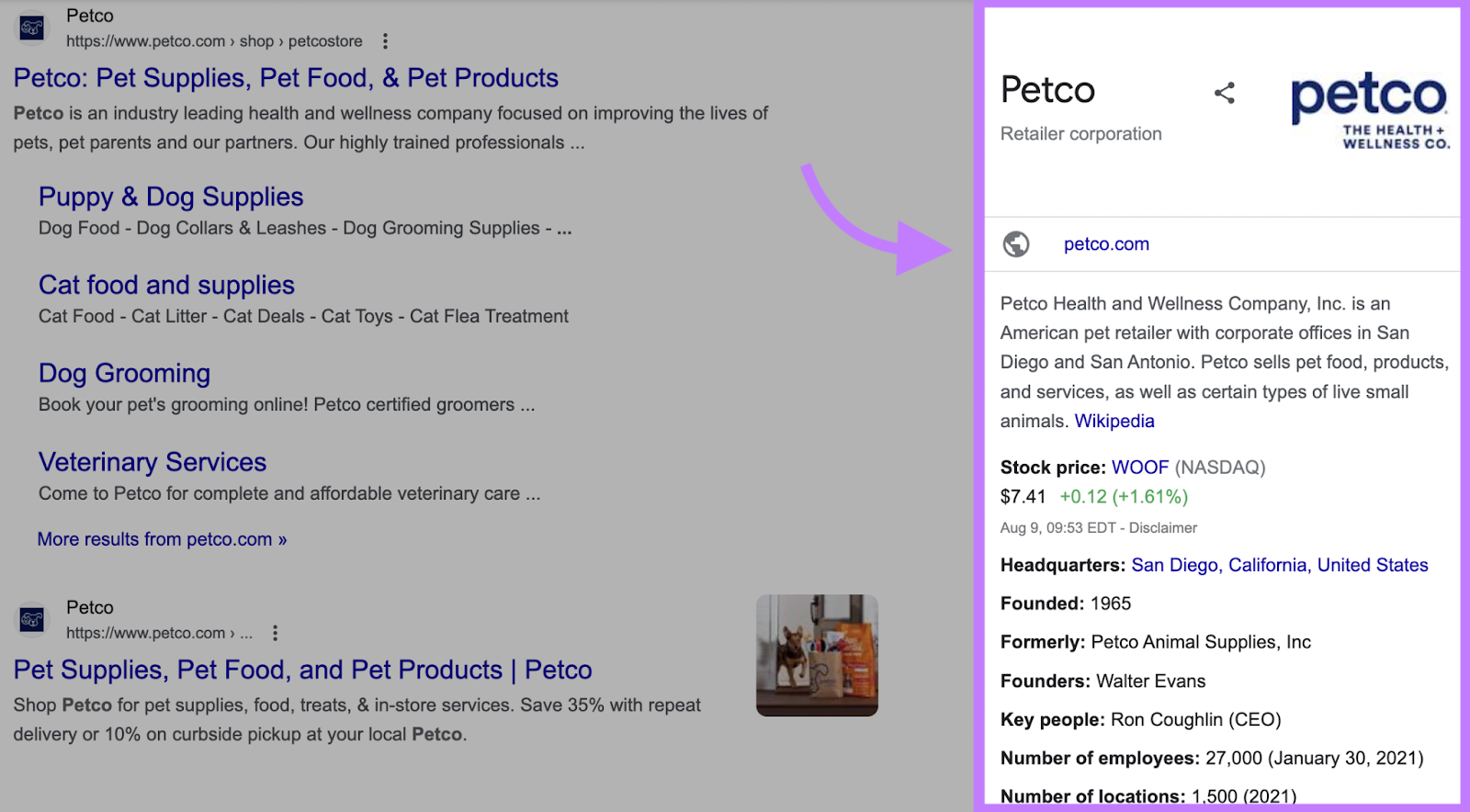
This makes your search look extra engaging and informative for customers. They will simply see what you do and interact with you.
It will probably additionally assist your corporation take up more room within the search engine outcomes pages (SERPs). This may give you an edge over your rivals.
The way to Implement Group Schema
To implement group schema, it’s worthwhile to write the group schema markup and add it to your web site.
There are numerous items of data you possibly can add to the schema. At the least, it is best to add the next fields:
- Sort of group
- Group identify
- Official web site
- Tackle
- Official brand
- Description
- Social accounts
- Distinctive figuring out URL
There are just a few methods you are able to do this:
JSON-LD
JSON-LD is a light-weight Linked Knowledge format for writing structured information.
Google recommends that you simply use JSON-LD so as to add schema markup. So use this in case you can.
You possibly can both use a plugin so as to add the JSON-LD markup to your web site or do it manually.
Plugins that allow you to add schema markup via JSON-LD embrace SchemaPro, Rank Math, and Yoast.
Or, to manually add JSON-LD markup to your web site:
Copy the code under and paste into an HTML editor reminiscent of Notepad or Notepad++.
<script sort="utility/ld+json">
"@context": "https://schema.org",
"@sort": "Group",
"@id": "",
"identify": "",
"url": "",
"deal with":
"@sort": "PostalAddress",
"addressLocality": "",
"addressCountry": "",
"postalCode": "",
"streetAddress": ""
"brand": "",
"description": "",
"sameAs": [
"",
"",
""]
</script>
Then, add the main points about your group into every related area.
For “sort,” you possibly can add a particular sort of group. “Group” is the broadest class. Listed here are some subcategories:
- Airline
- Consortium
- Company
- EducationalOrganization
- FundingScheme
- GovernmentOrganization
- LibrarySystem
- LocalBusiness
- MedicalOrganization
- NGO
- NewsMediaOrganization
- OnlineBusiness
- PerformingGroup
- PoliticalParty
- Venture
- ResearchOrganization
- SearchRescueOrganization
- SportsOrganization
- WorkersUnion
There are additionally additional subcategories inside a few of these. View the complete listing at Schema.org.
Select the sort that fits you finest and replica and paste the plain textual content (as is, with out areas) into the “@sort” class.
“@sameAs” is the place you add your social media hyperlinks, Wikipedia web page, firm profiles on overview websites, {and professional} affiliation websites, and so on.
Add as many as attainable for max credibility and context.
Add every hyperlink in a separate set of citation marks and on a separate line, as within the instance.
Within the “@id” class, it’s worthwhile to add a singular URL that can be used to determine your organization.
It’s possible you’ll be tempted to make use of your homepage as a singular identifier on your firm. Nonetheless, the homepage may also be the distinctive identifier for the “Web site” schema.
Subsequently, it’s clearer to make use of a singular anchor only for this goal. It doesn’t need to be an actual web page. For instance: https://www.instance.com/#group
Right here’s an instance of JSON-LD group schema with the corporate particulars stuffed in:
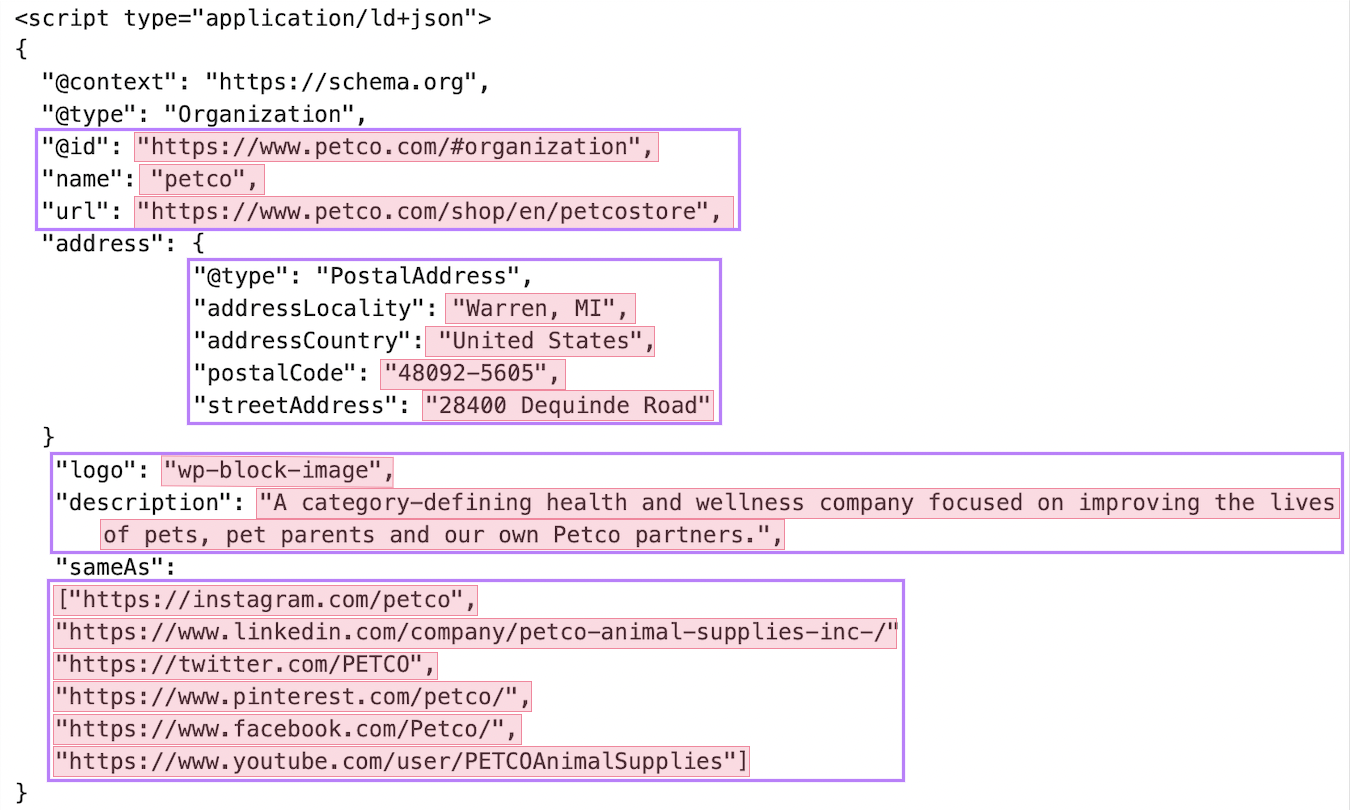
You can too add any extra fields which might be related on your group. To see the completely different properties you possibly can add, click on via to the precise schema sort from the listing at Schema.org.
You possibly can check your JSON-LD markup utilizing the Schema.org schema markup validator. It can flag any errors so that you can repair.
When you’re completely happy along with your JSON-LD markup, add the code snippet to your web site.
We suggest you add your organization schema to the homepage. You solely want so as to add it to at least one web page.
For those who can, embrace it within the <head> tag. But when that’s not attainable, you possibly can add wherever on the web page—for instance, within the physique content material or the footer.
Microdata
One other format for including structured information is microdata. Microdata makes use of HTML markup to outline structured information attributes.
You need to use microdata so as to add group schema. Nonetheless, implementation requires some data of HTML markup.
So as to add group schema to your website utilizing microdata, it’s worthwhile to add markup to your present content material.
Right here’s how:
- Log in to your web site backend the place you possibly can edit the code
- Find the place key details about your organization is listed. For instance, your footer, homepage, or contact web page
- Immediately earlier than the important thing data, add the opening tag
<div itemscope itemtype=" - Then, it’s worthwhile to add the attributes for the completely different properties. For instance, it’s worthwhile to mark up the corporate identify utilizing a tag that tells serps it’s the corporate identify. So that you add the “identify” attribute.
- So as to add an attribute, it’s worthwhile to add a small snippet of code to the tag surrounding the piece of data. E.g., if the identify of the enterprise is in an H1 tag, like this: <h1>Firm identify</h1>, it’s worthwhile to add the code to the opening tag, instantly after the H1.

- Add your attributes by typing
itemprop=""with the identify of the property throughout the double citation marks to the related opening tags. E.g.itemprop="identify",itemprop="deal with". Like this:
<h2 itemprop="identify">Firm identify</h1>
<p itemprop="description">Description of the firm.</p>
- When marking up the deal with, you’ll want so as to add an extra <div> tag, because the deal with is a schema class in its personal proper. Your deal with markup ought to seem like this:
<div itemprop="deal with" itemscope itemtype="">
<span itemprop="streetAddress">800 Boylston Avenue</span>
<span itemprop="addressLocality">Boston</span>,
<span itemprop="addressRegion">Massachusetts</span>
<span itemprop="postalCode">02199</span>
<span itemprop="addressCountry">USA</span>
</div>
- When you’ve added all of the attributes you need, add a closing </div> tag.
- All put collectively, your group schema with structured information ought to look one thing like this:
<div itemscope itemtype="http://schema.org/Group">
<h1 itemprop="identify">Semrush</h1>
<p itemprop="description">Semrush Holdings, Inc. is an American public firm that provides a SaaS platform identified as Semrush. The platform is typically used for key phrase analysis and on-line rating information, together with metrics such as search quantity, Key phrase analysis and price per click on</p>
<div itemprop="deal with" itemscope itemtype="http://schema.org/PostalAddress">
<span itemprop="streetAddress">800 Boylston Avenue</span>
<span itemprop="addressLocality">Boston</span>,
<span itemprop="addressRegion">Massachusetts</span>
<span itemprop="postalCode">02199</span>
<span itemprop="addressCountry">USA</span>
</div>
<span itemprop="phone">+1 (800) 815 - 9959</span>
<span itemprop="url">https://www.semrush.com/<span/>
<span itemprop="sameAs">https://twitter.com/semrush</span>
<span itemprop="sameAs">https://www.fb.com/Semrush</span>
<span itemprop="sameAs">https://www.linkedin.com/firm/semrush</span>
<span itemprop="sameAs">https://instagram.com/semrush/</span>
<span itemprop="sameAs">https://www.youtube.com/consumer/SemrushHQ</span>
<span itemprop="sameAs">https://www.pinterest.com/semrush/</span>
</div>
RDFa
The third and last means so as to add group schema is thru RDFa. It stands for Useful resource Description Framework in Attributes. And, like microdata, makes use of HTML to create structured information.
RDFa is an older sort of markup and extra advanced than microdata. It’s possible you’ll wish to use it in case you’re already utilizing a platform that makes use of RDFa, reminiscent of Drupal.
To implement schema utilizing RDFa:
- Discover the place your organization data is positioned on the backend of your web site. It’s normally the homepage, the contact web page, or the footer.
- Proper earlier than this data, add the opening tag:
<div vocab=" typeof="Group"> - Then, add the attributes for the completely different properties. Like with microdata, add these to the opening tag earlier than every key piece of firm data.
- So as to add an attribute, add
property=""with the identify of the property throughout the double citation marks. E.g.property="identify",property="deal with". Add every property throughout the opening tag for every bit of data. Like this:
<span property="identify">Firm identify</span>
<span property="description">Description of the firm.</span>
- As with microdata, you’ll want so as to add an extra tag for the deal with. In RDFa, it’s like this:
<div property="deal with" typeof="PostalAddress">
<span property="streetAddress"></span>
<span property="addressLocality"></span>,
<span property="addressRegion"></span>
<span property="postalCode"></span>
<span property="addressCountry"></span></div>
- Put collectively, your group schema in RDFa ought to seem like this:
<div vocab=" typeof="Group">
<h1 property="identify">Semrush</h1>
<p property="description">Semrush Holdings, Inc. is an American public firm that provides a SaaS platform identified as Semrush. The platform is typically used for key phrase analysis and on-line rating information, together with metrics such as search quantity, Key phrase analysis and price per click on</p>
<div property="deal with" typeof="http://schema.org/PostalAddress">
<span property="streetAddress">800 Boylston Avenue</span>
<span property="addressLocality">Boston</span>,
<span property="addressRegion">Massachusetts</span>
<span property="postalCode">02199</span>
<span property="addressCountry">USA</span>
</div>
<span property="phone">+1 (800) 815 - 9959</span>
<span property="url">https://www.semrush.com/<span/>
<span property="sameAs">https://twitter.com/semrush</span>
<span property="sameAs">https://www.fb.com/Semrush</span>
<span property="sameAs">https://www.linkedin.com/firm/semrush</span>
<span property="sameAs">https://instagram.com/semrush/</span>
<span property="sameAs">https://www.youtube.com/consumer/SemrushHQ</span>
<span property="sameAs">https://www.pinterest.com/semrush/</span>
</div>
The way to Take a look at Your Group Schema
You possibly can run assessments to see what schema is already in your website.
You can too check group schema that you’ve applied.
Right here’s how:
Web site Audit
You possibly can verify your structured information utilizing the Semrush Web site Audit software.
Comply with these steps:
Open Web site Audit.
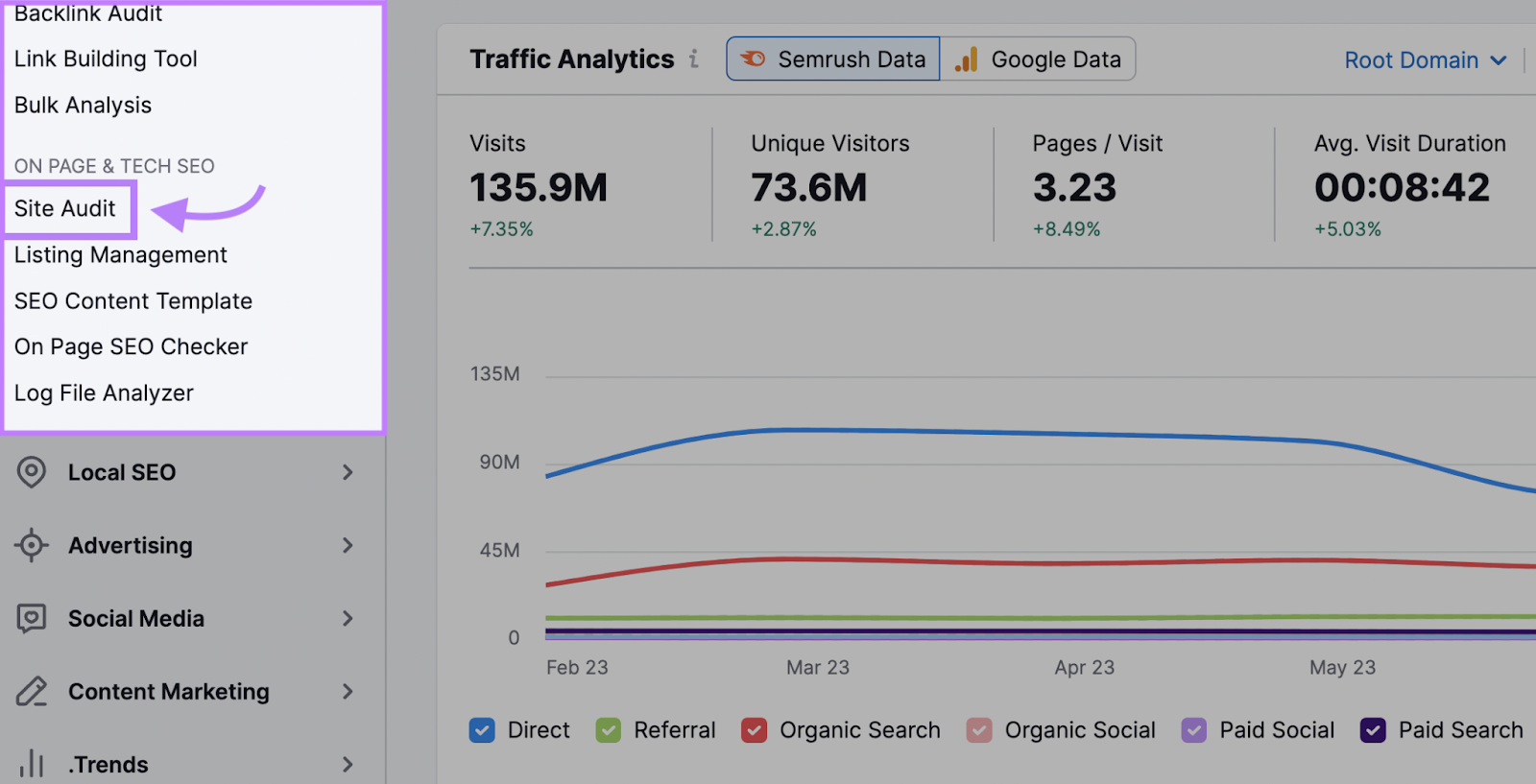
When you’ve got an present undertaking for the web site you wish to check, click on on that. Alternatively, create a brand new undertaking with the related area.
This may mechanically run a website audit. Try our technical audit information for arrange a Web site Audit on a brand new undertaking.
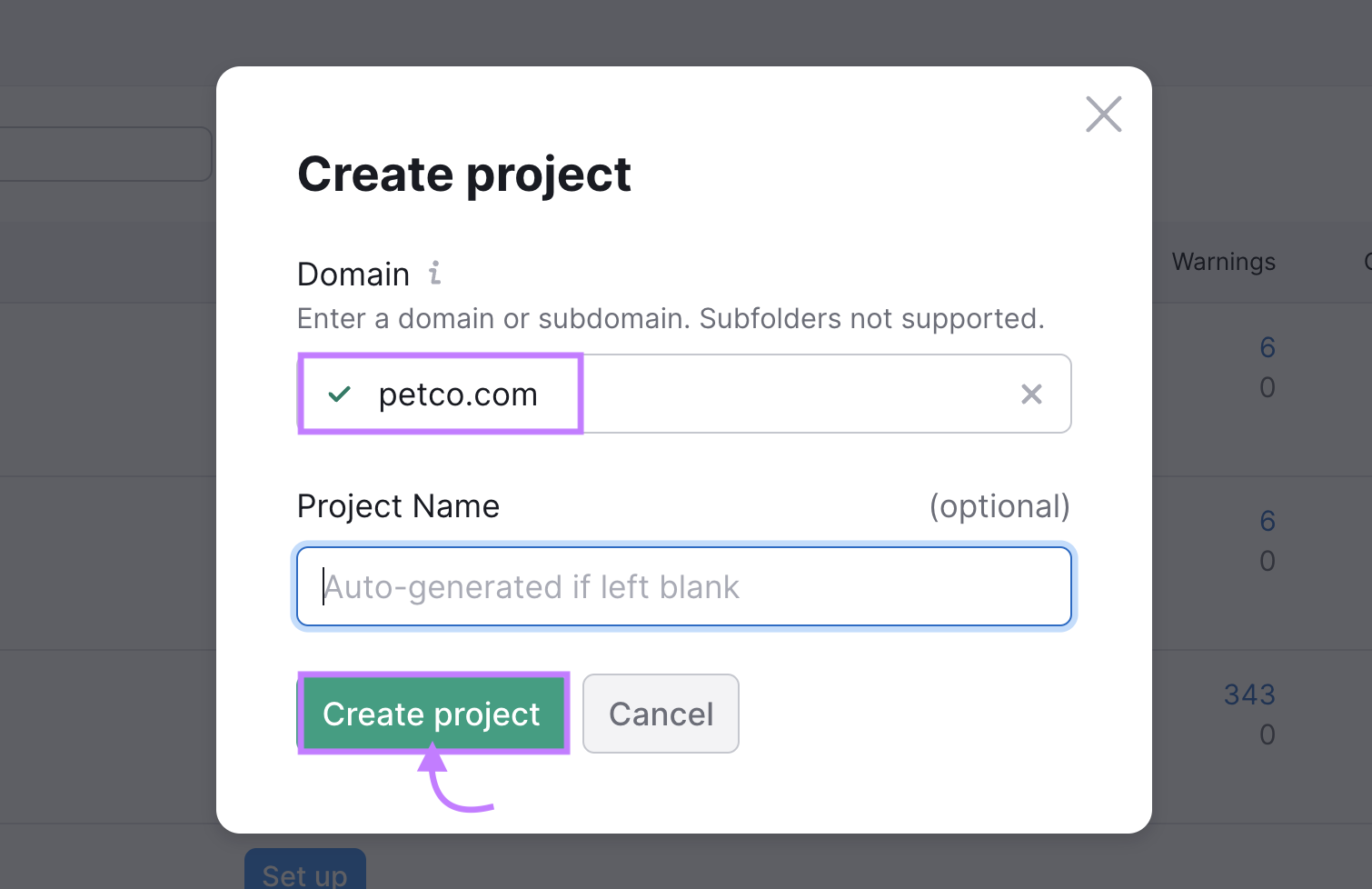
Clicking on to the prevailing website audit undertaking will take you to the “Overview” pane.
Discover the “Markup” part and click on “View particulars”.
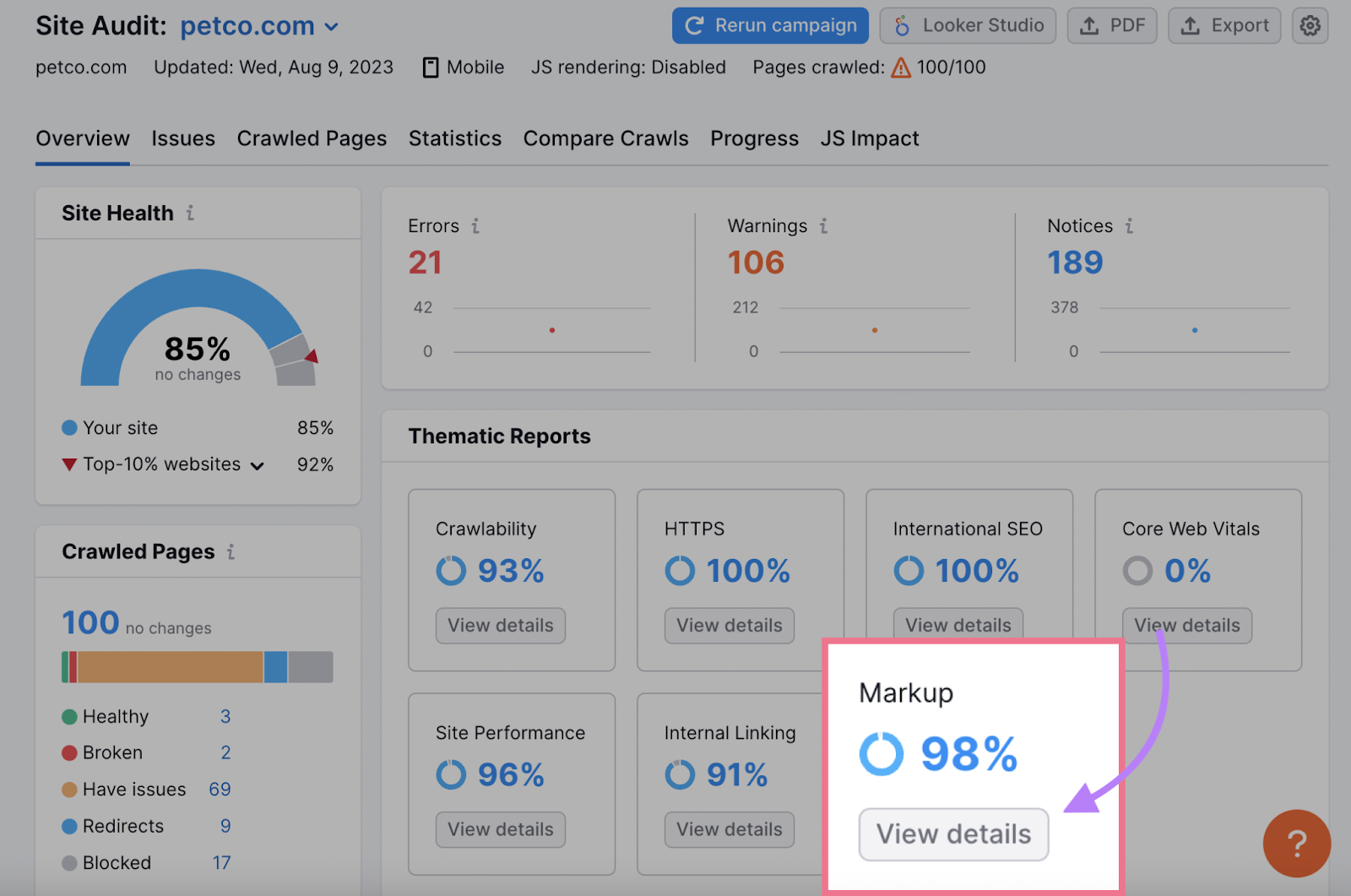
On the subsequent display screen, you possibly can see:
- What number of of your checked pages comprise schema markup
- The kind of schema markup discovered on every web page
- Any schema markup that’s invalid
Scroll down and also you’ll discover a desk entitled “Structured Knowledge Objects.”
If any of the gadgets are invalid, click on “View all invalid gadgets” on the backside.
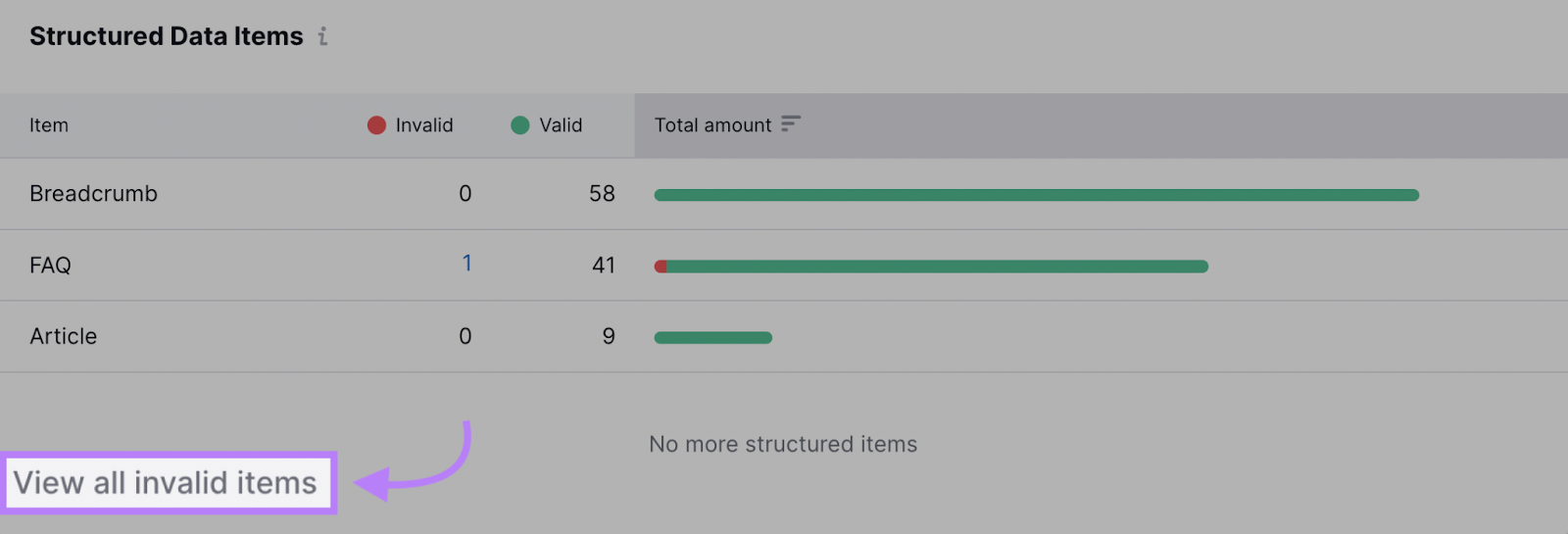
Click on on any entry within the “Affected Fields” column to see particular errors per recognized difficulty.
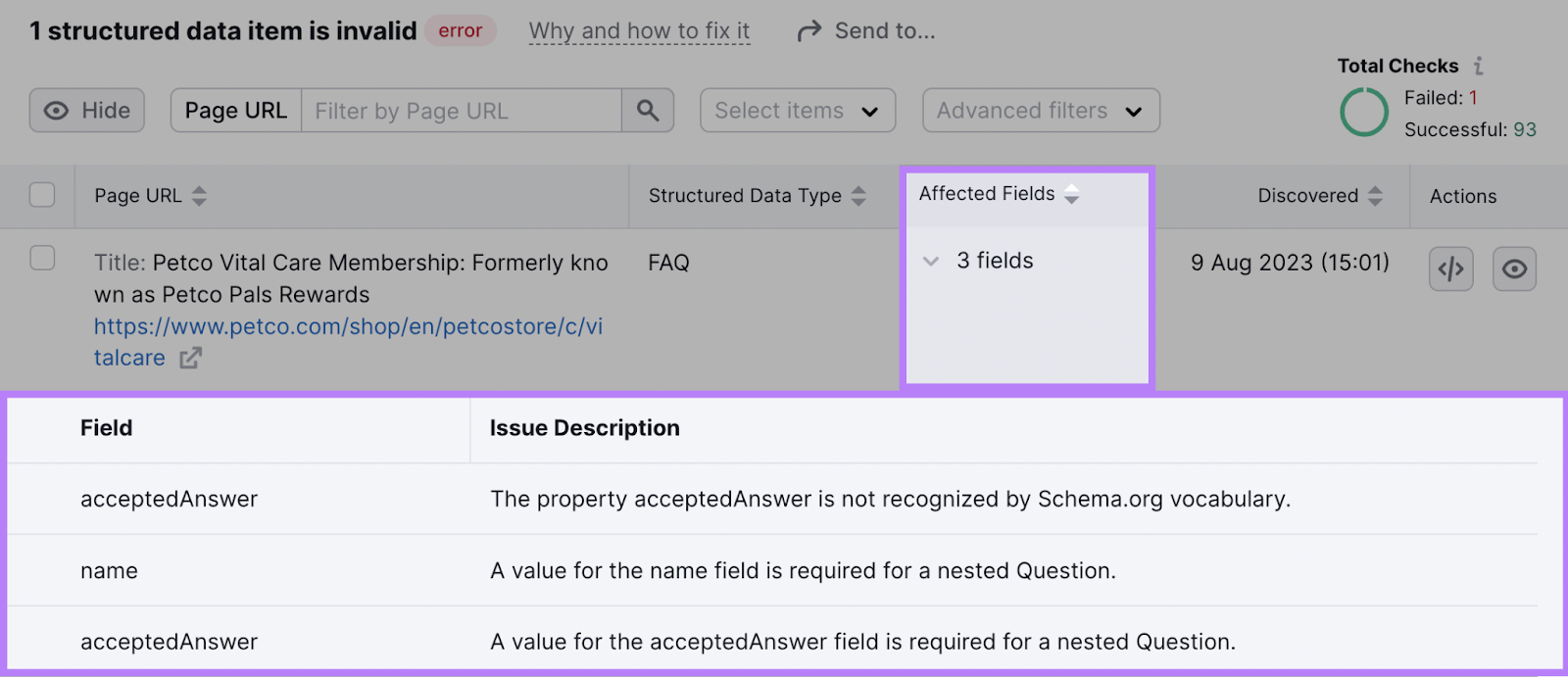
Now you possibly can see what the errors are and repair them. For those who’re unsure about repair an error, click on on “Why and repair it” for extra data.

When you’ve mounted the errors, rerun the audit to verify they’ve been rectified.
Schema.org
The opposite main means of testing your group schema is utilizing the Schema.org validator.
To check a webpage you’ve already added group schema to, enter the URL within the area underneath “FETCH URL” and click on “RUN TEST.”
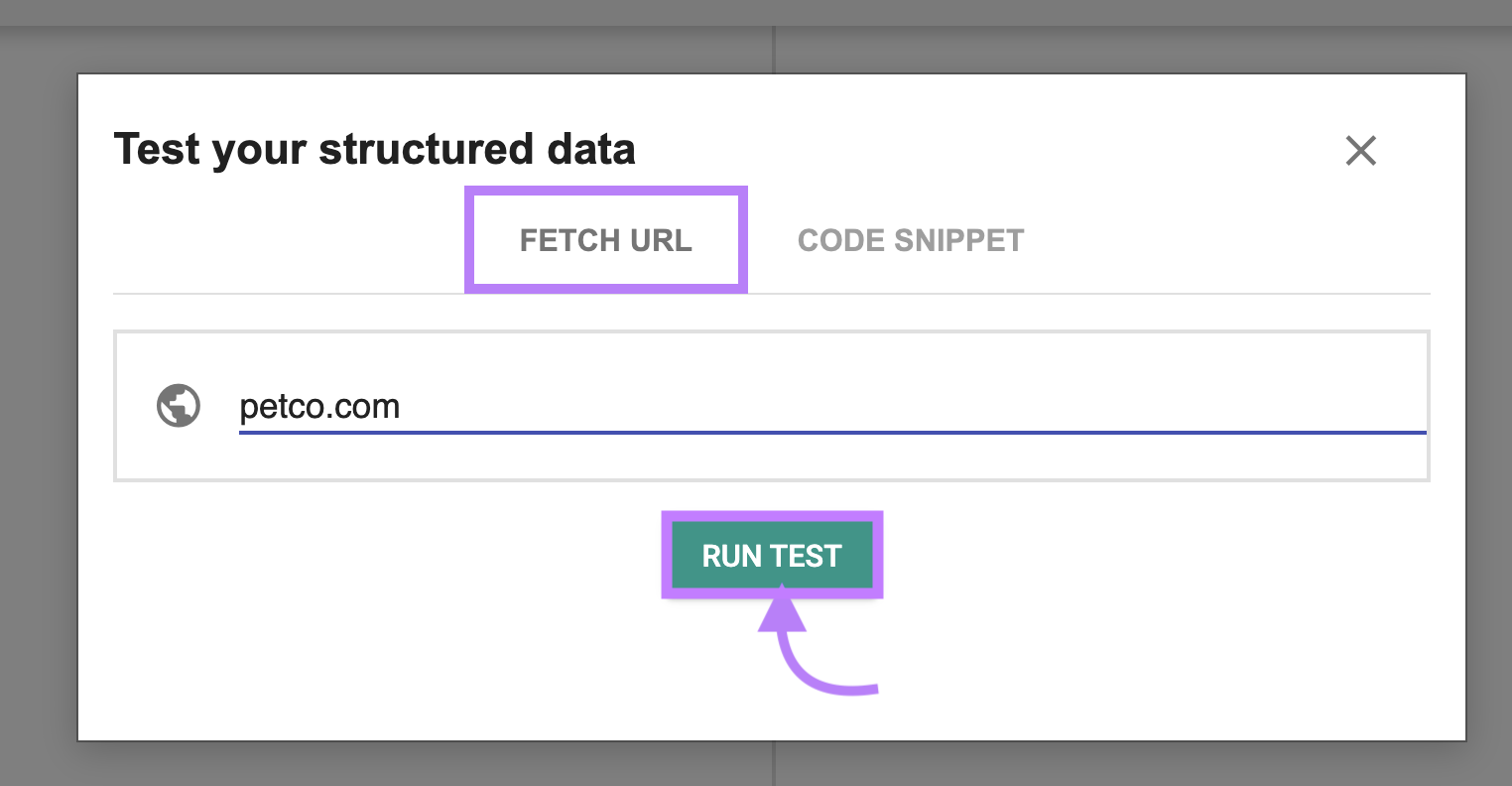
Alternatively, to check a code snippet you’ve written however not but applied, go to and click on on the “Code snippet” tab.
Paste your code into the field and click on “RUN TEST.”
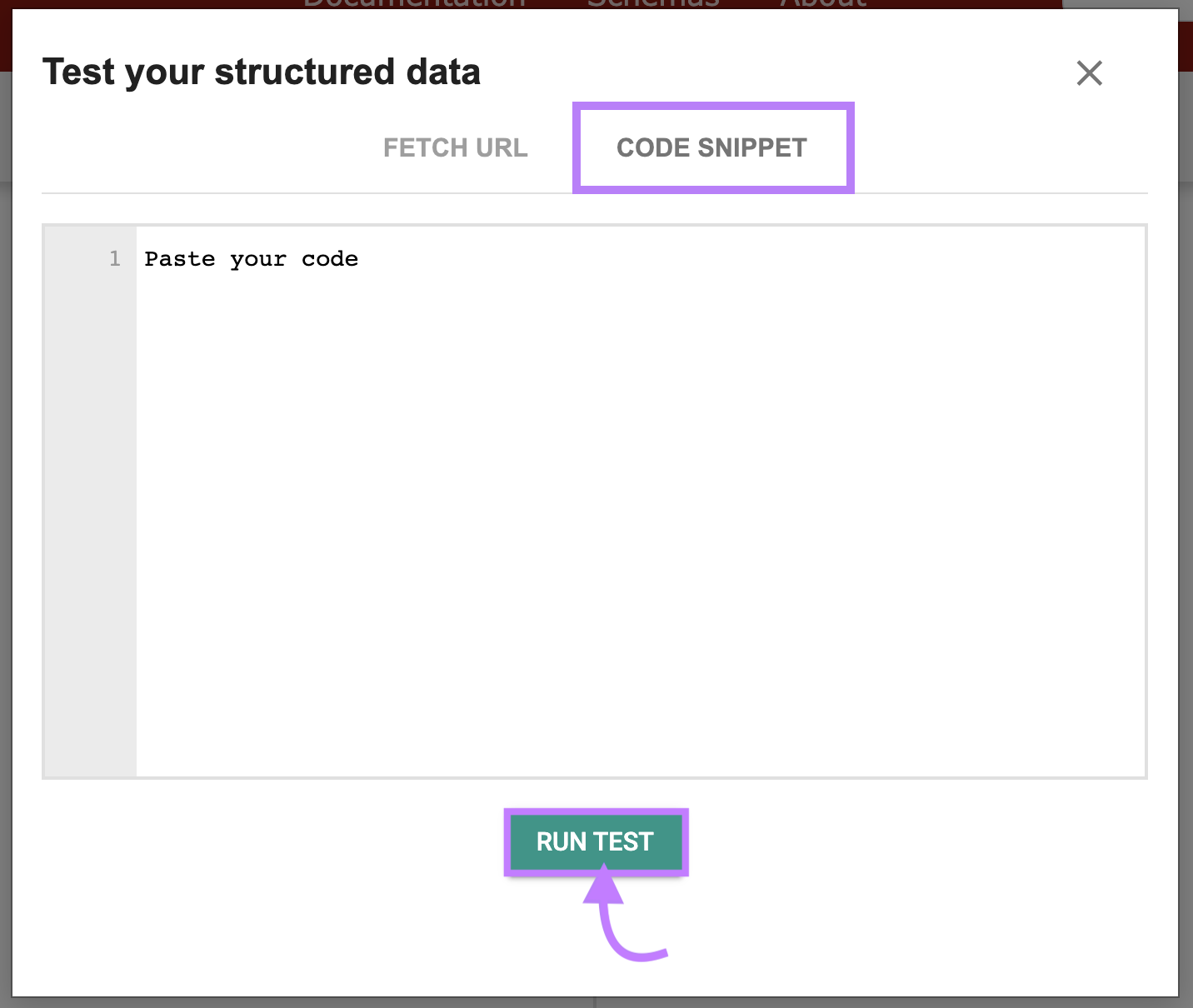
Any errors or warnings can be highlighted so you possibly can simply determine and repair them.
Group Schema Instance
Under you possibly can see a filled-out model of a corporation schema from the Semrush web site.
We use the “Company” subtype.
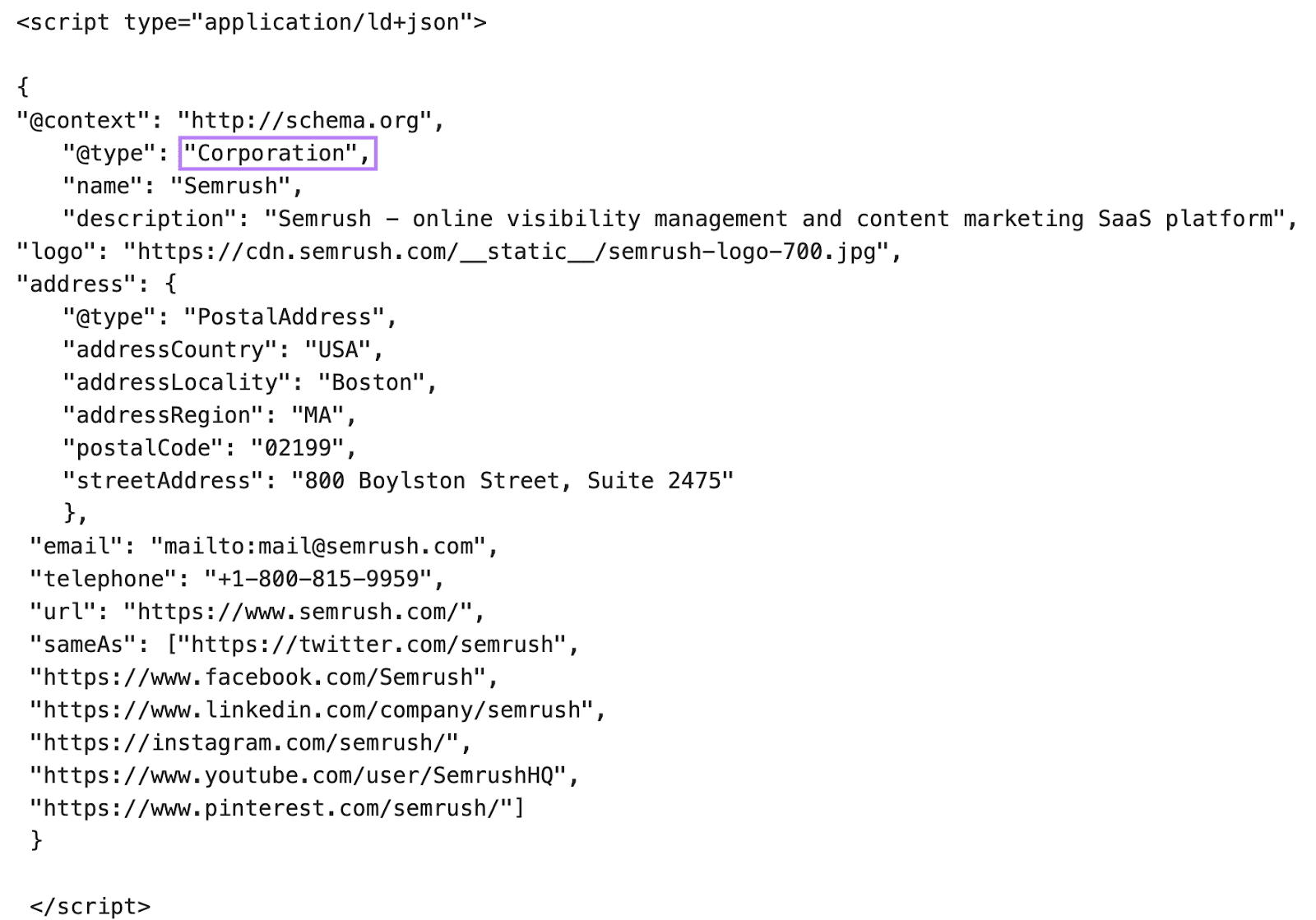
Greatest Practices for Utilizing Group Schema
- Use JSON-LD format the place attainable
- Solely embrace correct and up-to-date data. It ought to match the opposite particulars about your organization throughout the online. This contains your Google Enterprise Profile and information in your web site and socials.
- Add as a lot related data as attainable. For instance, the “LocalBusiness” subcategory helps you to add opening hours, costs, geo-coordinates, and extra.
- Add as many “@sameAs” hyperlinks as attainable. This may enhance your credibility and add context.
- Comply with Google’s spam tips. Don’t use structured information to mislead customers. Be certain the knowledge you present is truthful and correct.
Leverage Schema to Maximize Your Search Presence
Group schema is an effective way to enhance your organization’s general SERP visibility.
Finally, that may enhance the quantity of site visitors you get to your web site. And, doubtlessly, your variety of clients.
Semrush’s Web site Audit software makes it simple to view and check your structured information. Together with a wealth of different technical information about your web site’s search engine optimization efficiency.
Join free and begin bettering your web site’s search engine optimization efficiency immediately.
[ad_2]
Supply hyperlink
About us and this blog
We are a digital marketing company with a focus on helping our customers achieve great results across several key areas.
Request a free quote
We offer professional SEO services that help websites increase their organic search score drastically in order to compete for the highest rankings even when it comes to highly competitive keywords.
Subscribe to our newsletter!
More from our blog
See all postsRecent Posts
- What Is It & Tips on how to Do It December 7, 2023
- What It Is and The way to Use It December 7, 2023
- High 10 Content material Repurposing Instruments for 2024 December 7, 2023
